Ernesto Presas (May 20, 1945 – November 1, 2010) was the founder of Filipino martial arts system Kombatan.
Kombatan, which includes training with the stick and with bladed weapons in addition to empty-hand work, was developed from the Modern Arnis system.
Ernesto Presas assisted his older brother Remy Presas in developing Modern Arnis in the Philippines. He also has a younger brother who is involved in the martial arts, Roberto Presas.
He used to teach arnis in Physical Education Classes at the University of Santo Tomas, Manila where the arnis PE is offered for freshmen and sophomore students.
He was born in Hinigaran, Negros Occidental, Philippines, the son of Jose B. Presas, a businessman, and the former Lucia Amador, and later moved toManila.
In the comic book series Pugad Baboy, Ernesto temporarily replaces Polgas as the trainer for James Bab.
Kombatan
Kombatan is a Filipino martial arts system. The head and founder of the system is Ernesto Presas. The style is known for its double stick techniques but features other stick and blade techniques, as well as empty-hand methods.
Ernesto A. Presas Sr. was born in the coastal town of Hinigaran, Negros Occidental on 1945-05-20. At age 8 he began his martial arts training under his father, Jose Presas, a well known escrima practitioner at that time. He went on to be an athlete in his college years, participating in various sports.
His training in the martial arts is eclectic, having studied judo, jujutsu, karate, and various forms of Filipino and Japanese weaponry. He is currently a Lakan Sampu (10th Dan) in arnis and Mano Mano (hand to hand combat) and holds a Lakan Walo (8th Dan) in Philippine Weaponry.
Remy and Ernesto Presas both recognized that the classical arts of their country were losing their appeal and therefore slowly dying. Both sought to modernize the native arts into an effective fighting system that would be appealing to martial arts students living in modern Filipino society.
Their dream to re-introduce his native arts led to the development of Modern Arnis. Ernesto Presas would later re-christen his version of the art Kombatan.
In 1970 he began to teach the Filipino martial arts in the University of the Philippines and Lyceum of the Philippines. Later other classes expanded to the University of Santo Tomas, Central Colleges of the Philippines, the Far Eastern Military Academy, Philippine National Police Academy and the Philippines Air Force Officer’s School.
Also in 1970 he was invited to Japan at Expo ’70’ to demonstrate Arnis. He quickly earned the respect of many of the Japanese masters who called his Art Filipino Kendo.
After returning home, with the help of his friend Frederico Lazo, he opened his first club. Later he formed the Modern Arnis Association of the Philippines International and the ARJUKEN (which stands for Arnis, Jujutsu, Kendo) Karate Association to formally spread the art within the Philippines. In 1975 he founded the International Philippine Martial Arts Federation (IPMAF) and began to spread the Filipino art to the outside world.
In time his Arnis Presas Style and techniques became widely accepted and adopted by countries in Europe, the United States, Canada, Mexico, Australia, New Zealand, South Africa, Saudi Arabia and Puerto Rico.
He has also published numerous books and videos and has been featured on the cover of Inside Kung Fu magazine with the title “Ernesto Presas: The Father of Mano-Mano” (which art he created).
At the present time Ernesto Presas travels the world teaching seminars to spread his art. Many have come to the Philippines to take lessons from him inManila.
Major players include: Fred Lazo, Ernesto Presas Jr., Andy Elliott, Mike Bowers, Shelley Millspaugh, Vincent Pernice, Mike Guingona, Alex France, Lito Concepcion, Jon Rudy, Edwin Lao, James Miyake, John R. Malmo, Danny Tiliano, Dante Constantino, Michael Darcy, Thorbjorn “Toby” Hartelius, Chris Traish, Kevin Smith, Giovanni Zagari, Mark Day, Johan Skålberg, Alex Ercia, Audy Ercia, Damon Abraham, Brando Castillo, Jürg Ziegler, Wolfgang Schnur, Walter Hubmann, Rami Vainionpää, Tomi Harell, Arnold Domingo and Salvador Caballero Glorioso
Kombatan combines several traditional Filipino styles that have been blended into a single art:
- Palis
- Hirada Batangueno
- Sungkiti Tutsada
- Abaniko Largo / Corto
- Doblada / Doblete
- Banda y Banda
- Sinawali
- Espada Y Daga
- Daga sa Daga
- Dulo Dulo
- Dos Puntas
- Tres Puntas
- Bangkaw
- Sibat

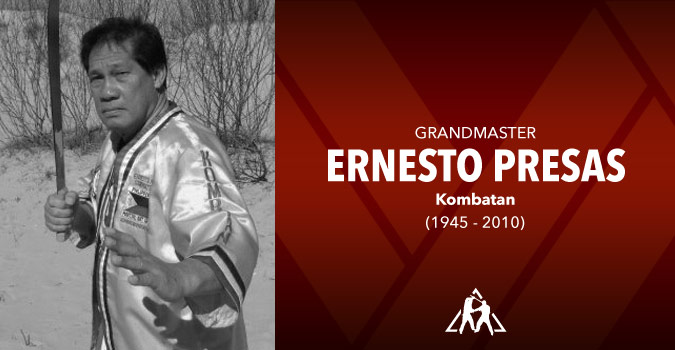
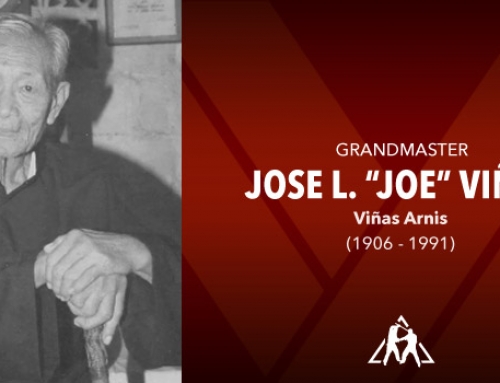
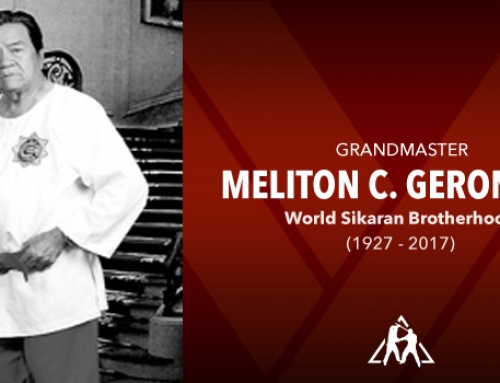
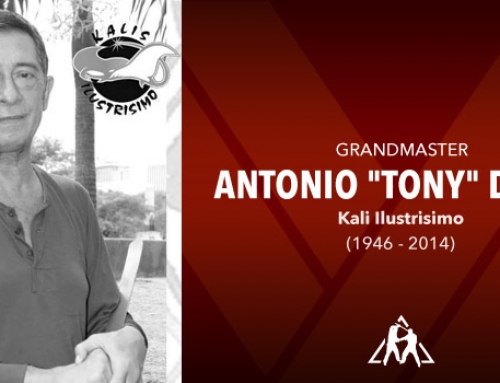
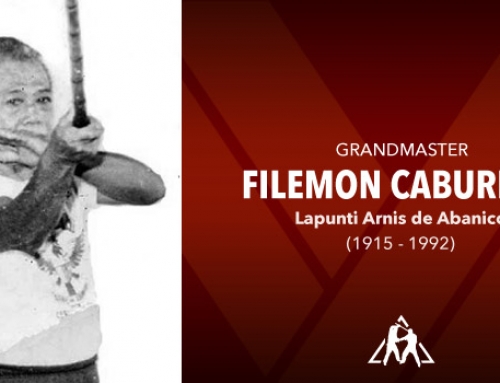

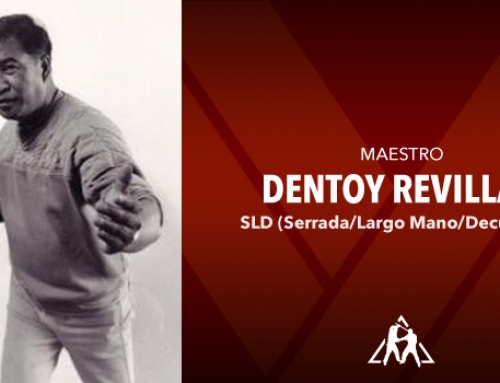
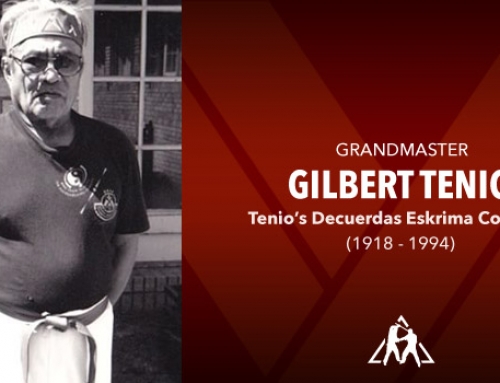
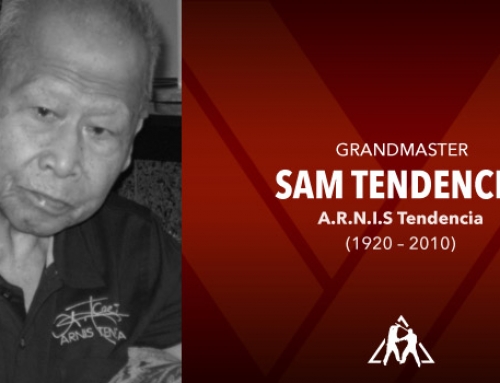
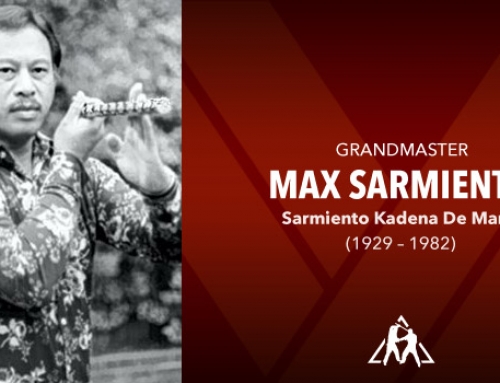
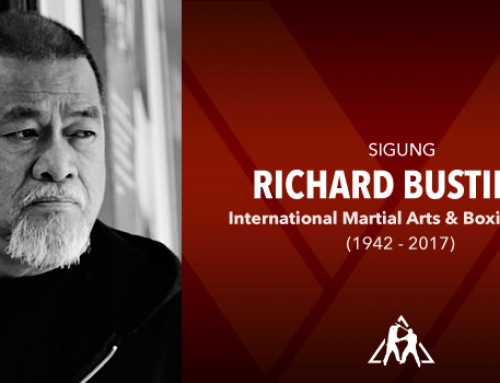
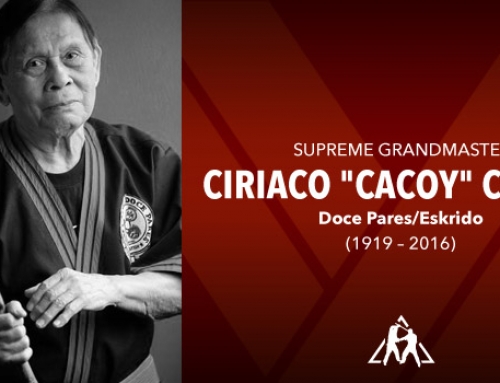


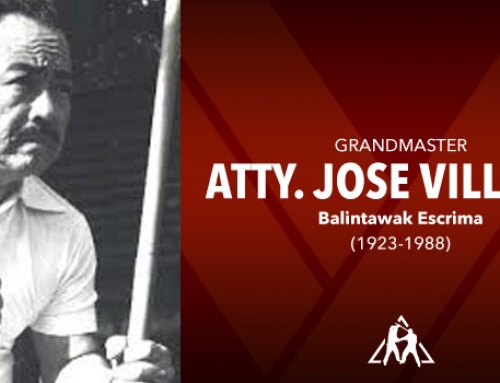
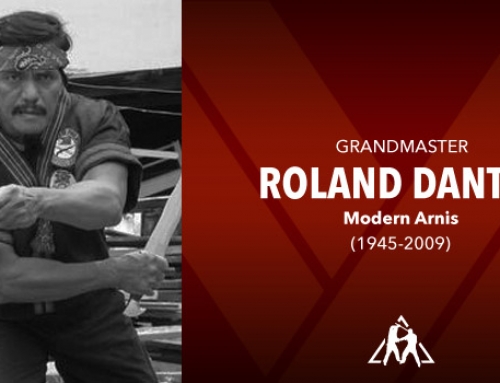
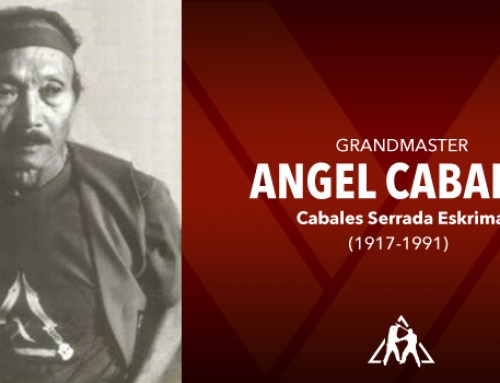
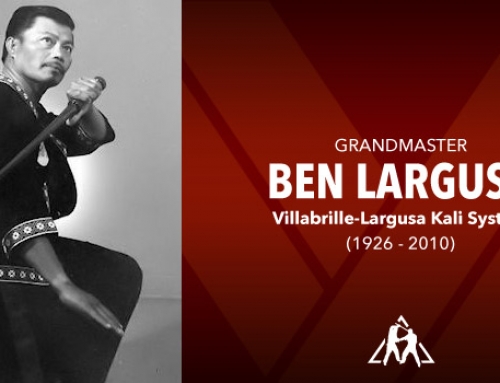

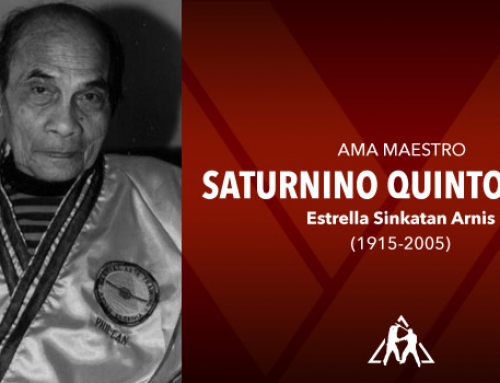
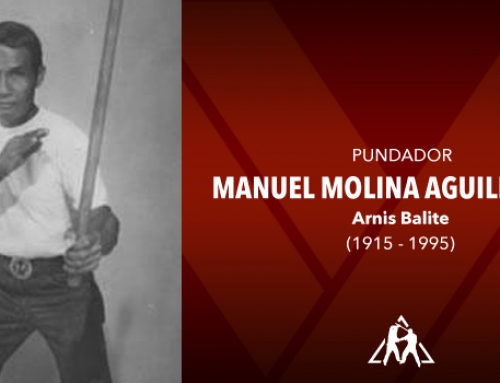
Leave A Comment
You must be logged in to post a comment.